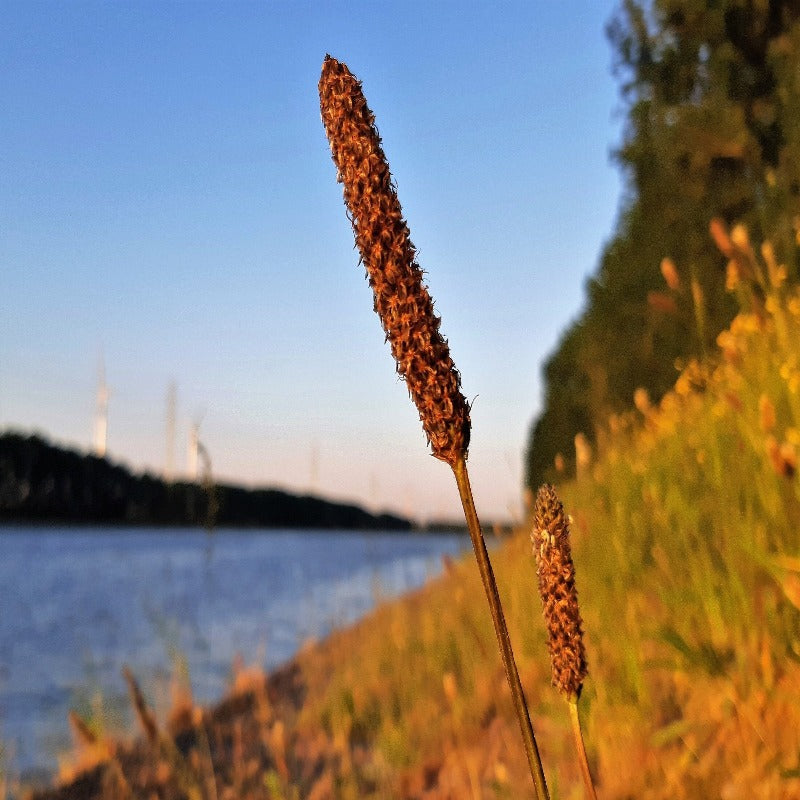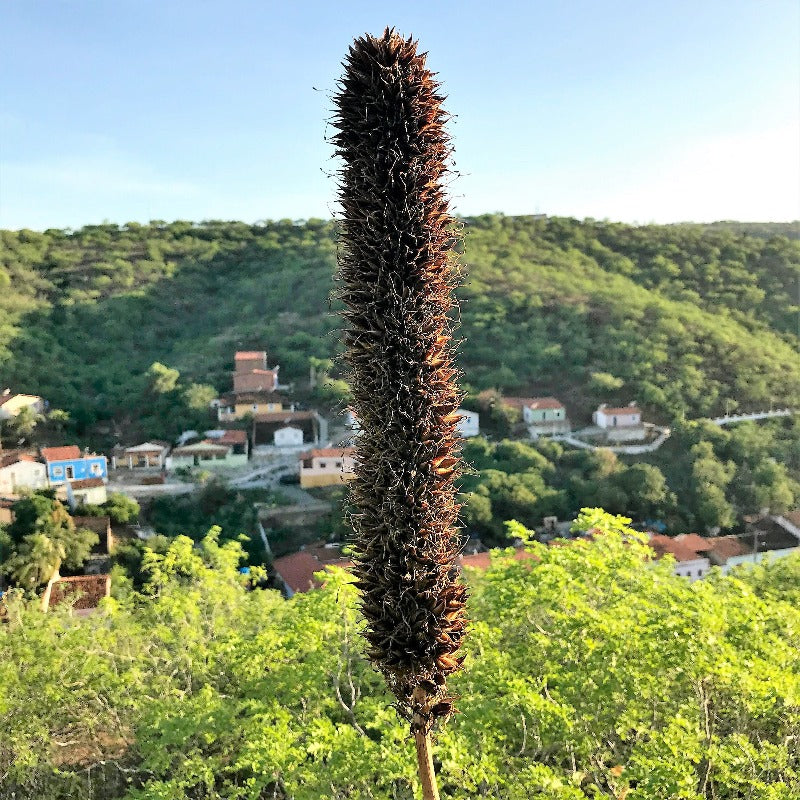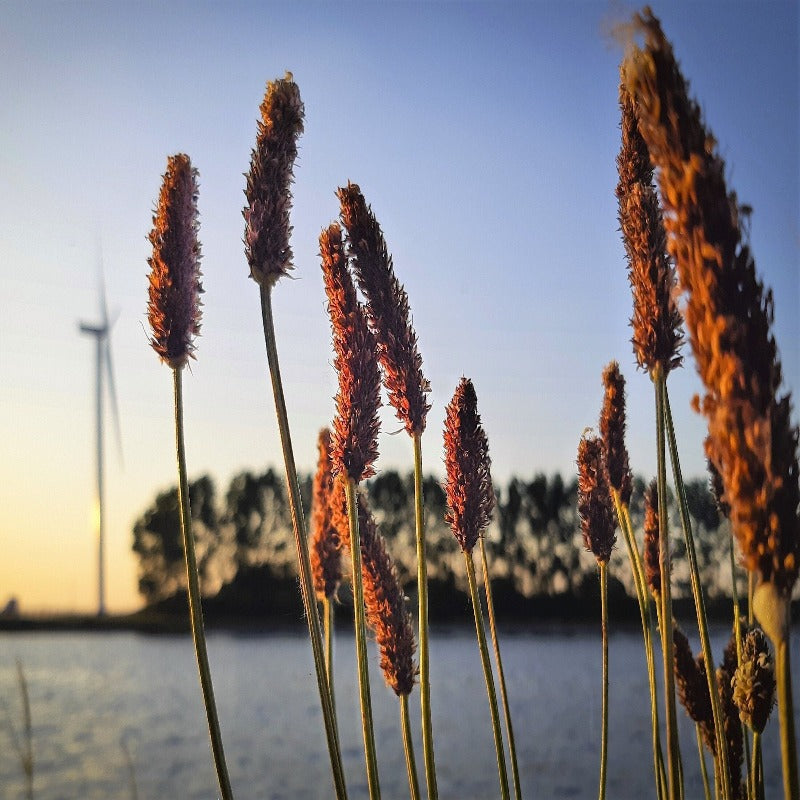- Historical context: Alopecurus arundinaceus, also known as creeping meadow foxtail, is a perennial grass species that has been used for centuries in various parts of the world for its high-quality hay.
- Geographical origination: This species is native to Europe and Asia, but it has been introduced to other parts of the world, including North America.
- Relevant cultural significance: In many cultures, this grass has been used for its high-quality hay, which is particularly beneficial for livestock feeding.
- Time period of discovery: The exact time period of discovery is not known, but it has been used for centuries.
- Original habitat: The original habitat of Alopecurus arundinaceus is moist meadows and riverbanks.
- Notable historical uses: Historically, this grass has been used for hay production, erosion control, and as a cover crop.
- Ideal temperature range: Alopecurus arundinaceus prefers a temperate climate and can tolerate cold temperatures.
- Soil type: It grows best in moist, well-drained soils.
- Sunlight requirements: This grass prefers full sun but can tolerate partial shade.
- Watering needs: It requires regular watering, especially in dry periods.
- Planting season: The best time to plant Alopecurus arundinaceus seeds is in the spring or early fall.
- Germination time: The seeds typically germinate within 2-3 weeks.
- Growth cycle duration: This is a perennial grass, so it will continue to grow year after year.
- Common pests and diseases: Common pests include aphids and leafhoppers. Diseases include rust and leaf spot.
- Companion planting advice: This grass can be planted with other grasses or legumes for a diverse hay crop.
- Common challenges and solutions: One common challenge is maintaining adequate moisture levels. Regular watering and mulching can help maintain soil moisture.
- Nutritional values: Alopecurus arundinaceus hay is high in fiber and provides good nutritional value for livestock.
- Health benefits: While not typically consumed by humans, the high fiber content can aid in digestion for livestock.
- Culinary uses: This grass is not typically used in human cuisine, but it is a valuable feed for livestock.
- Medicinal uses: There are no known medicinal uses for Alopecurus arundinaceus.
- Other unique advantages: This grass is also beneficial for erosion control and as a cover crop.








